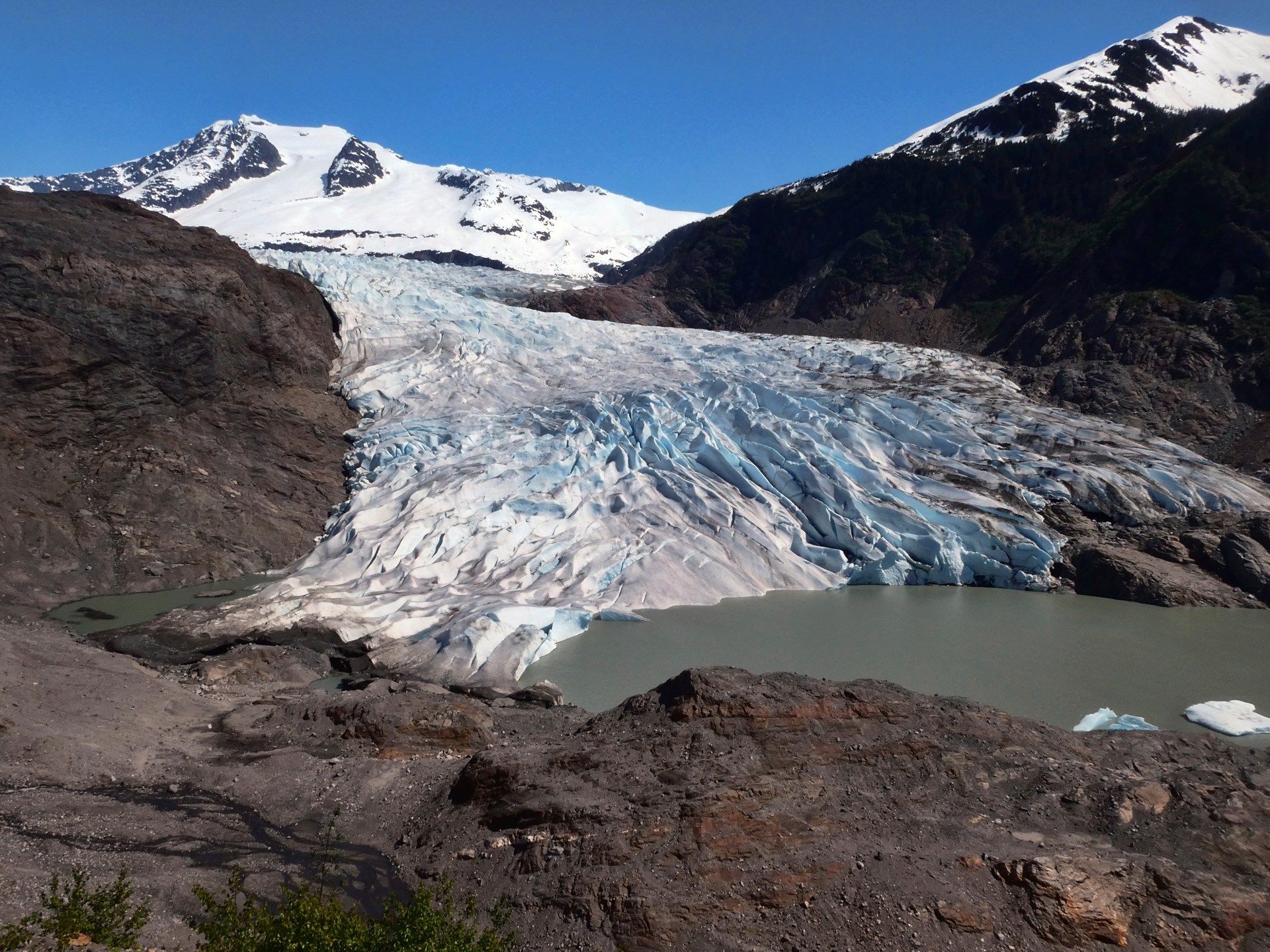The murders of Indigenous activists mark the death of the planet
In January 2022, Breiner David Cucuñame, a 14-year-old Indigenous Colombian activist, was shot dead in Colombia’s southwestern department of Cauca.
He was killed in the company of his father, during a routine unarmed patrol of Indigenous lands for the purpose of deterring incursions by militant groups. While the killing made headlines on account of Cucuñame’s young age, it was pretty much business as usual in the South American nation.
As of September 2021, 611 environmental defenders had already been assassinated in Colombia since the signing of the so-called “peace deal” in 2016, according to the Colombian Institute of Studies for Development and Peace (Indepaz). Of those 611 people, 332 were Indigenous.
And yet this snapshot of bloodshed in Colombia is but part of a larger, sinister global picture. Last year, the London-based NGO Global Witness released a report documenting no fewer than 1,733 murdered environmental and land-defence activists in the decade since 2012, amounting to one murder approximately every two days.
Even so, the NGO emphasised that its figures were “almost certainly an underestimate”. In 2021 alone, as per the Global Witness report, 200 land and environmental defenders were killed worldwide – nearly four per week. Significantly, more than 40 percent of the documented killings were of Indigenous people, who account for no more than five percent of the global population.
Many were involved in defending their lands from exploitation by predatory industries ranging from mining and agribusiness to logging, oil and hydropower.
As we mark the International Day of the World’s Indigenous Peoples on August 9, then, it’s worth reflecting on what such trends mean for the very future of the world.
It is lamentably far from shocking that, in an international landscape governed by corporate capitalist pillage, Indigenous environmental activists are disproportionately targeted. After all, the Indigenous track record of harmonious coexistence with nature stands in the way of “development” (read: planetary destruction).
Indeed, the proverbial frog in the pot of boiling water is often invoked to illustrate the contemporary arrangement of climate change, environmental collapse and public indifference.
If we cast the global capitalist elite rather than lowly humans in the role of the pot-bound amphibian, we end up with a potentially even more apt illustration: a frog turning up the flame under its own pot while maniacally eliminating anyone who tries to interfere.
According to Global Witness, more than half of the lethal attacks on environmental defenders in 2021 took place in Mexico, Colombia and Brazil. Mexico led the way with 54 recorded killings, almost half of them Indigenous people. Around two-thirds of these murders were carried out in the northern Mexican state of Sonora and the southern state of Oaxaca.
Having taken up accidental residence myself in the tiny Oaxacan coastal village of Zipolite at the start of the coronavirus pandemic in 2020, I can attest to the general cheapness of human life and the impunity that reigns on the domestic panorama – a state of affairs that has more than a little to do with Mexico’s bloody United States-backed drug war that officially kicked off in 2006.
Of the various murders that took place in and around Zipolite during my stay, there was never so much as a remote public expectation that the perpetrators might be identified and prosecuted. Rather, the acts were broadly written off as “things between narcos”, and life went on, hushed, as usual.
But it is precisely this sort of violent context that has been highlighted by researchers like Dawn Paley – author of Drug War Capitalism – as facilitating extractive industries by fuelling displacement and intimidating land defenders.
In Brazil, meanwhile, the recent presidential stint of far-right Jair Bolsonaro (2019-22) did wonders in advancing planetary self-combustion and adding fuel to the frog’s fire, if you will. For Bolsonaro, deforestation of the Amazon was an almost orgasmic enterprise, and he went about dismantling safeguards for Indigenous land rights and hollowing out Indigenous protection agencies.
The Global Witness report puts Brazil in the lead for total documented killings of environmental defenders, with 342 lethal attacks between 2012 and 2021. One-third of the victims were Indigenous people or Afro-descendants and 85 percent of this transpired within the Brazilian Amazon.
Under Bolsonaro, the report noted, the “blurring of Brazilian agribusiness and state-sponsored terror on Indigenous land” had worsened “significantly”.
It is not only Latin America where Indigenous activists are under fire, however. In the Philippines, for example – another territory that incidentally endured centuries of pillage and other shenanigans by Europe and the United States – Global Witness found that, of the 270 land defenders killed between 2012 and 2021, more than 40 percent were Indigenous.
Now, the recent criminalisation as “terrorists” of four environmental activists by the Philippines’ Anti-Terrorism Council presumably renders the domestic terrain all the more fertile for assassinations and other violence against folks who are simply trying to give humanity a fighting chance.
To be sure, this year’s global heatwaves only underscore the gravity of our profit-driven demise. They also, perhaps, put a novel spin on the term “scorched earth” – which traditionally denotes, inter alia, a certain US-backed Cold War policy of terrorising Indigenous communities in Central America in order to help make the world safe for capitalism.
If there was anyone who could connect the Latin American dots between the current environmental apocalypse and legacies of imperial meddling, regional militarisation, crushing inequality and neoliberal conquest, it was Honduran activist Berta Cáceres, a tireless campaigner for Indigenous land rights. And guess what: Cáceres was murdered in 2016, once her opposition to the Agua Zarca hydroelectric dam project on Indigenous Lenca territory could apparently no longer be tolerated by the powers that be.
Her killing took place seven years after the US-facilitated coup against Honduran President Manuel Zelaya had left the country definitively “open for business”, as per the slogan of the post-coup regime. As Nina Lakhani recounts in her book Who Killed Berta Cáceres? Dams, Death Squads, and an Indigenous Defender’s Battle for the Planet, the coup paved the way for unchecked extractivism, as dam concessions along with “mines, tourist developments, biofuel projects and logging concessions were rushed through Congress with no consultation, environmental impact studies or oversight, many destined for Indigenous lands”.
August 9, it seems, would be a fine day to remember Cáceres – and to keep connecting the dots.
On its website, the United Nations begins its tribute to the International Day of the World’s Indigenous Peoples with the observation: “We need Indigenous communities for a better world.”
And as capitalism’s war on the environment and its defenders continues to rage, we need Indigenous communities more than ever – if, that is, we want to have any world at all.
The views expressed in this article are the author’s own and do not necessarily reflect Al Jazeera’s editorial stance.




